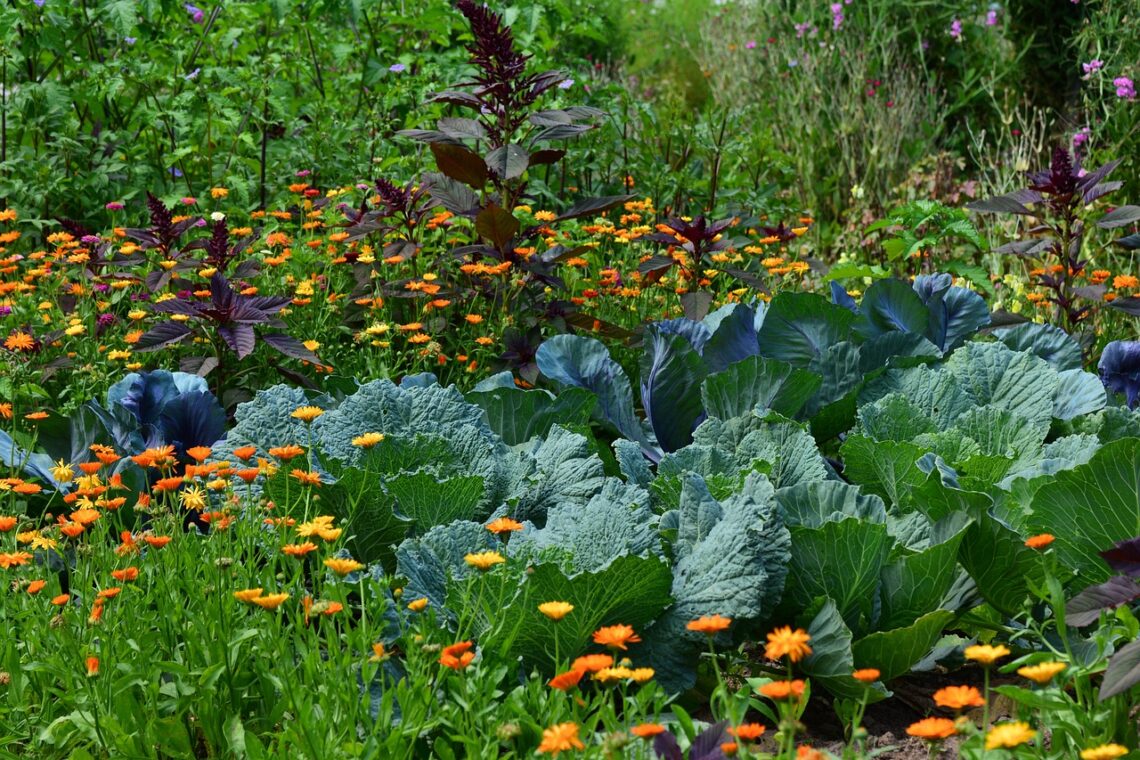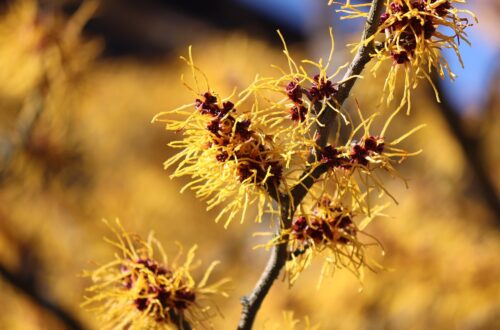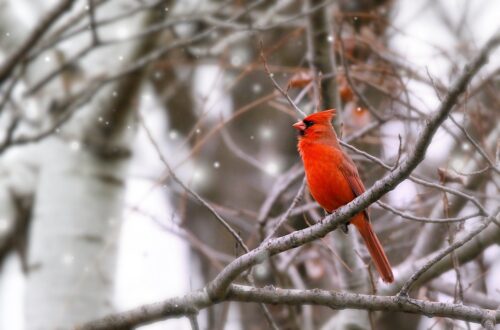Find the best companion plants for garden pest control in this companion gardening guide!
There are many ways to control pests in organic gardens. Crop rotation can limit the build up of soil dwelling pests and diseases, while pest barrier products can shelter veggies from cabbage loopers and other insects. I use both of these pest control methods in my garden, but I also utilize companion planting, which is one of my all-time favorite natural pest control techniques!
Companion planting with flowers and herbs can repel an assortment of insect pests, as well as deer, rabbits, and other unwanted garden visitors. In this companion gardening guide, you’ll learn how to use companion planting for garden pest control and you’ll also find some of my favorite companion plants for preventing pests!
Affiliate disclosure: As an Amazon Associate, I may earn commissions from qualifying purchases.
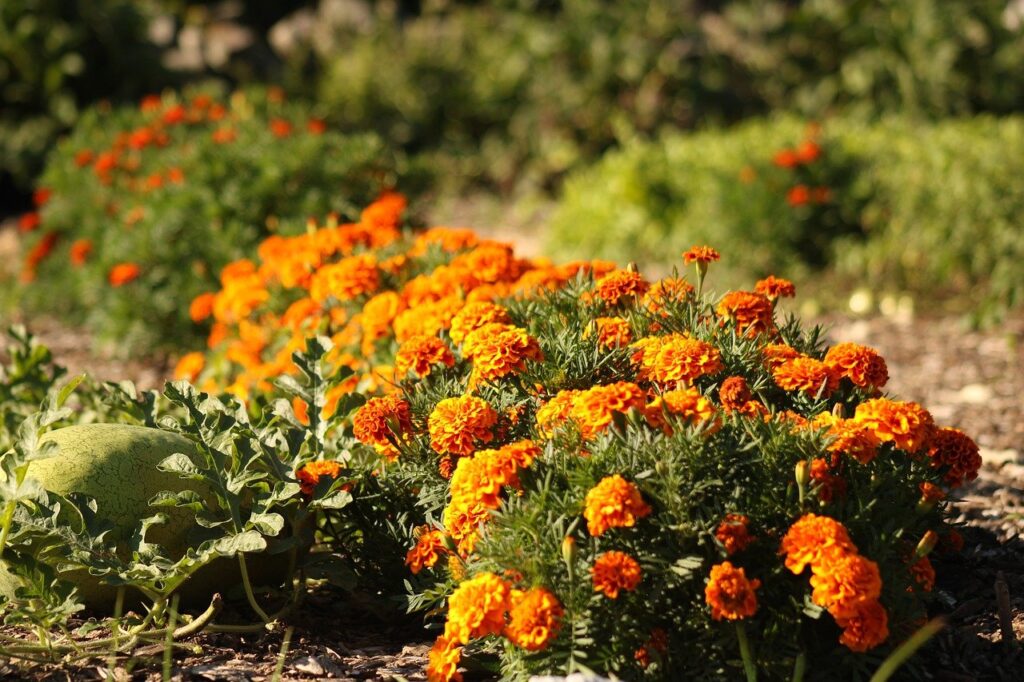
What Is Companion Planting?
Companion planting is a traditional gardening technique in which certain plants are grown together for pest control and other purposes. Companion plants can be tucked in flower beds or they can be interplanted in between rows of vegetables. In small gardens, companion plants can even be grown in pots for space savings and placed near vulnerable crops!
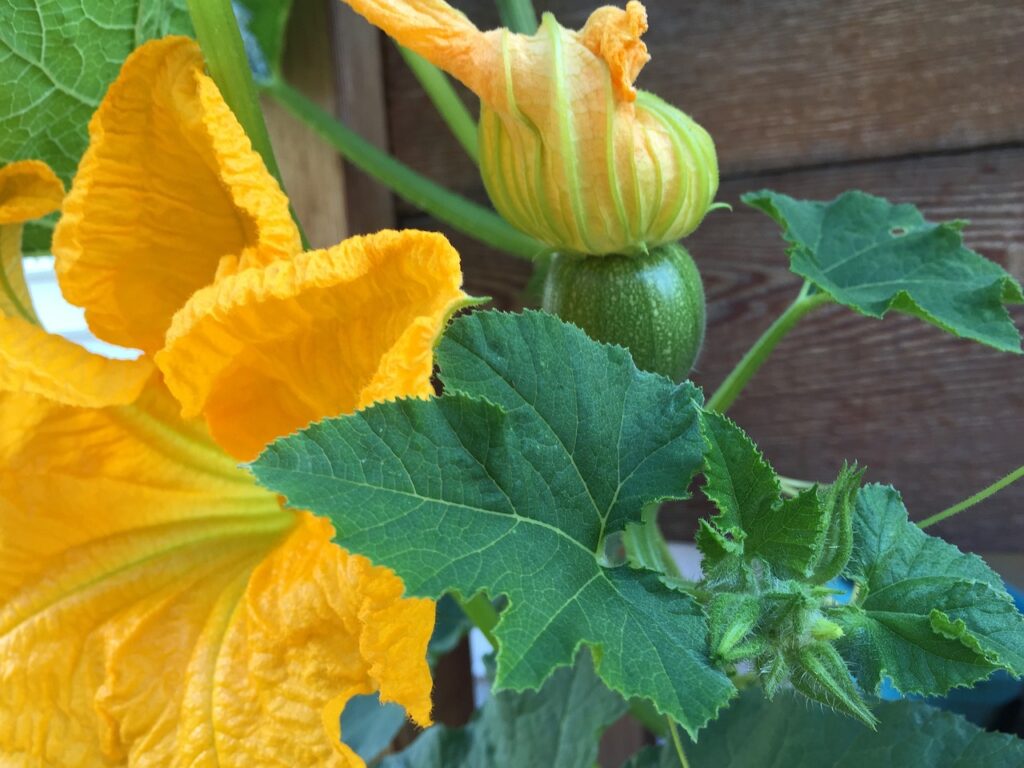
Benefits of Companion Planting
Companion planting doesn’t take a lot of work, but it can make a big impact in vegetable and flower gardens and reduce the need for pesticides, herbicides, and synthetic fertilizers. By growing mutually beneficial plants together, gardeners can:
- Naturally repel pests, like hornworms and aphids. Some plants emit strong fragrances that repel pests, while other plants attract predatory insects that feed on pests.
- Lure pests away from vulnerable crops (aka trap cropping). Growing a sacrificial crop can draw insects away from the plants you’d like to protect!
- Improve poor soils. Root vegetables break up and aerate compact soils, while legumes can add nitrogen to low nutrient garden beds.
- Protect light-sensitive plants. Growing plants like basil in the shadow of taller veggies like tomatoes can reduce the need for shade cloth.
- Control weeds. Squash and other spreading plants with wide leaves can act as living mulches, sheltering the soil from weed seeds and reducing moisture evaporation rates.
- Maximize garden space. Interplanting companion plants among rows of veggies can help you fit more crops into a small garden space.
- Grow more colorful gardens. Flowering plant companions, like marigolds and nasturtiums, add an unexpected pop of color to vegetable gardens!
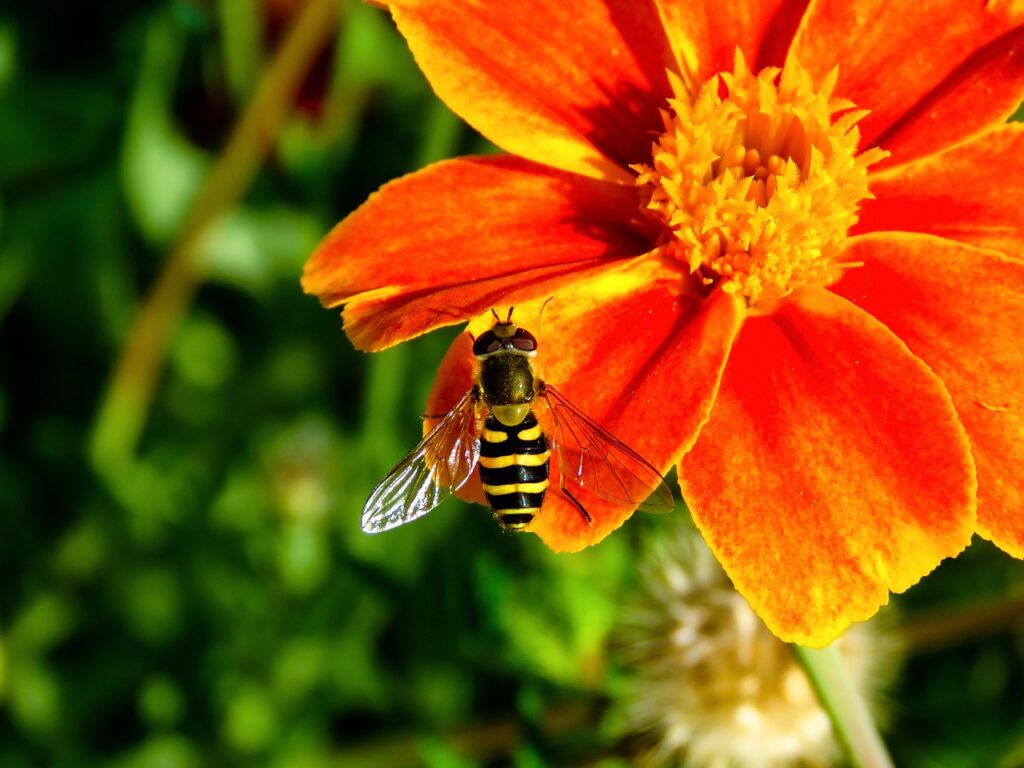
10 Companion Plants to Use for Natural Pest Control
The best companion plants for organic pest control tend to be flowers and other plants with a strong and pungent fragrance. Herbs are usually a good choice for companion planting, but annual flowers and even some veggies can work too! Below, you’ll find some of my favorite companion plants to use for pests, but I encourage you to experiment with other plant pairings to see what works for you and your garden.
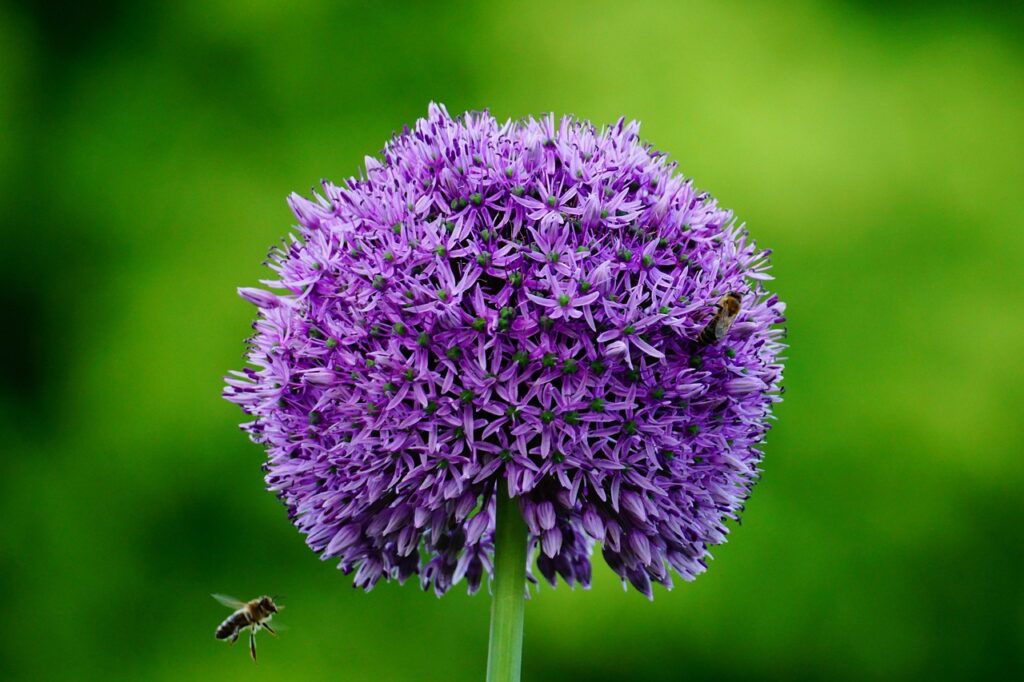
1. Alliums
Chives, onions, leeks, scallions, and garlic companion plants emit a strong, sulfur-like fragrance that repels a wide range of pests. Japanese beetles and aphids are known to avoid allium plants, but deer and rabbits aren’t fond of them either. Alliums make an excellent pest-repelling garden border, but you can also allow chives to flower and attract beneficial insects that feed on garden pests.
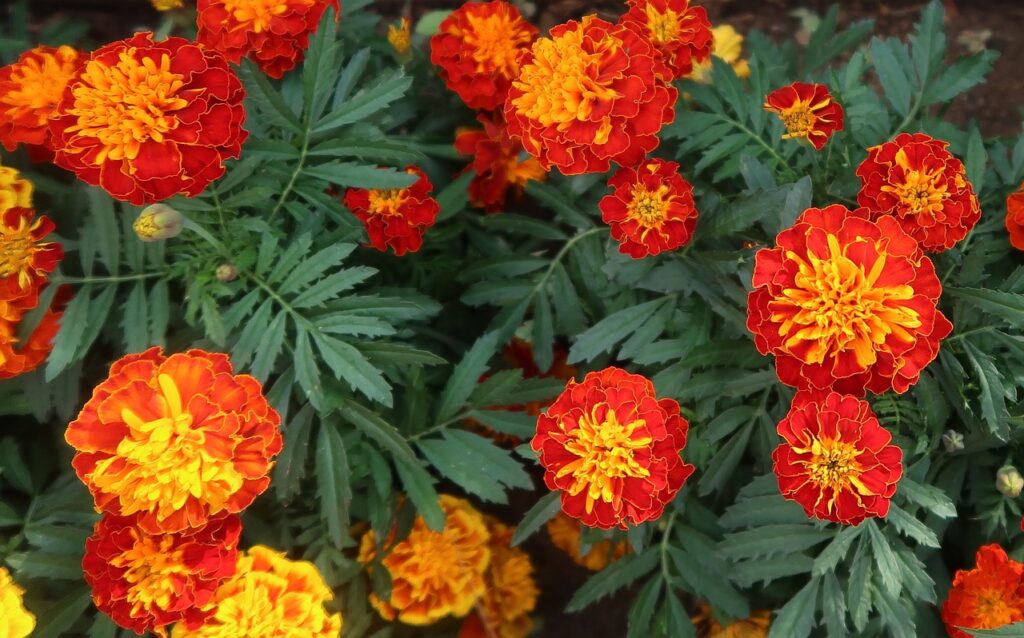
2. Marigolds
There are a number of effective companion flowers for vegetables, but marigolds are one of the most famous. These plants are known to repel deer and rabbits, as well as insects like squash bugs, aphids, and bean beetles. Marigolds grow well with most veggies, but they’re particularly good squash companion plants since they attract pollinators, boost pollination rates, and increase squash harvest yields!
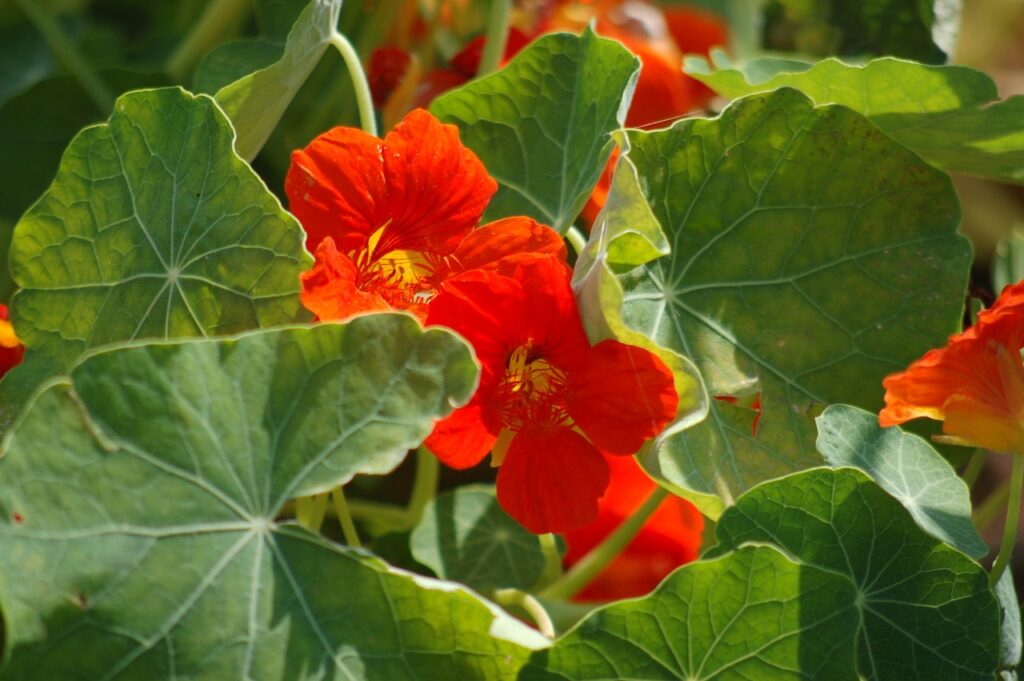
3. Nasturtiums
Using nasturtium companion plants has so many benefits for organic gardens. These edible flowers repel an assortment of pests, but they can also be used as trap crops to draw aphids and other insects away from more valuable plants. Nasturtium flowers are great for adding color to drab veggie gardens and their peppery leaves and flowers make intriguing additions to salads and sandwiches!
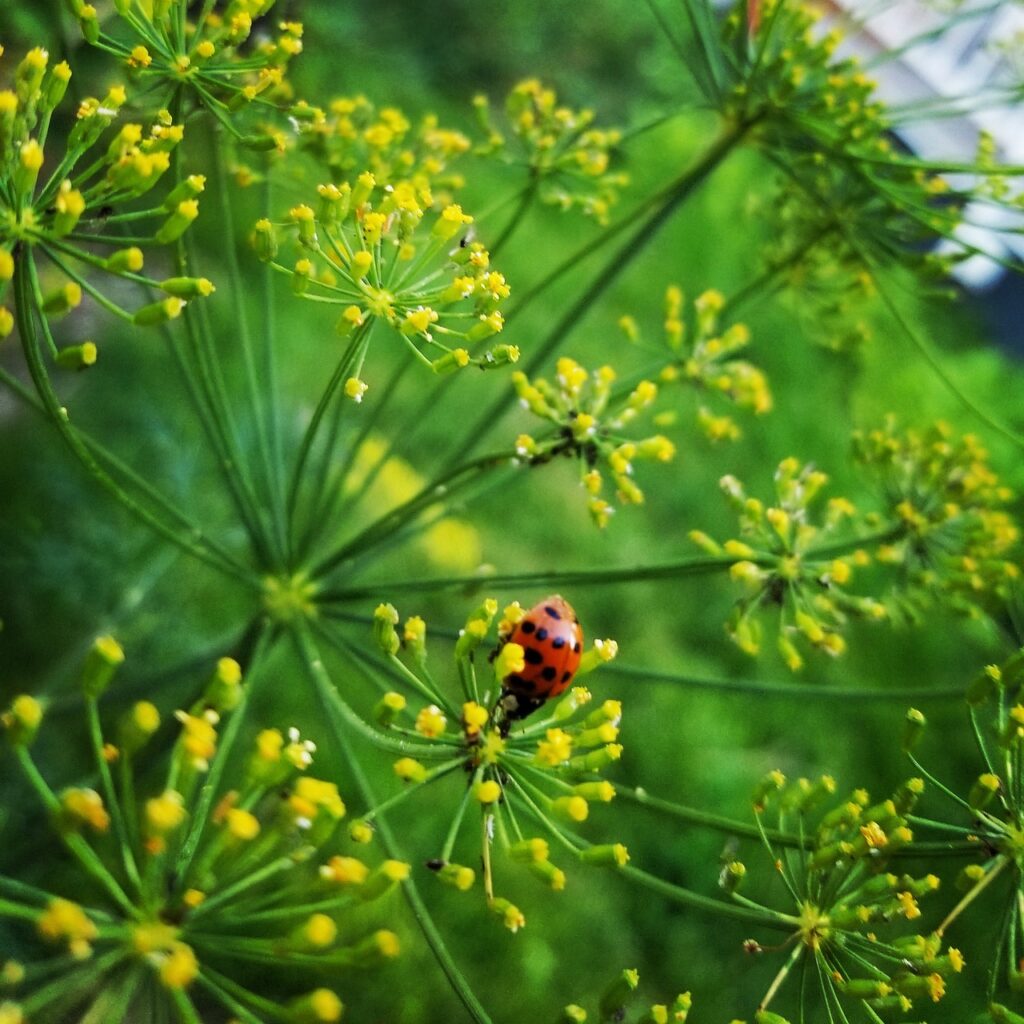
4. Plants in the carrot family
Carrots, parsley, cilantro, fennel, and dill plants all belong to the carrot family and their flowers are highly attractive to beneficial insects like ladybugs, lacewings, and hoverflies. If you’re looking for cucumber companion plants, plants in the carrot family are always a top choice, but these plants also grow well with brassicas, other herbs, and lettuce. For best results, allow some of your carrot family plants to flower or bolt and succession sow seeds to keep these plant companions flowering through the seasons.
Tip: Fennel plants release allelopathic compounds into the soil that can suppress the growth of their neighbors. To avoid issues, grow fennel in pots placed near the plants you’d like to protect and don’t grown fennel directly in your vegetable garden.
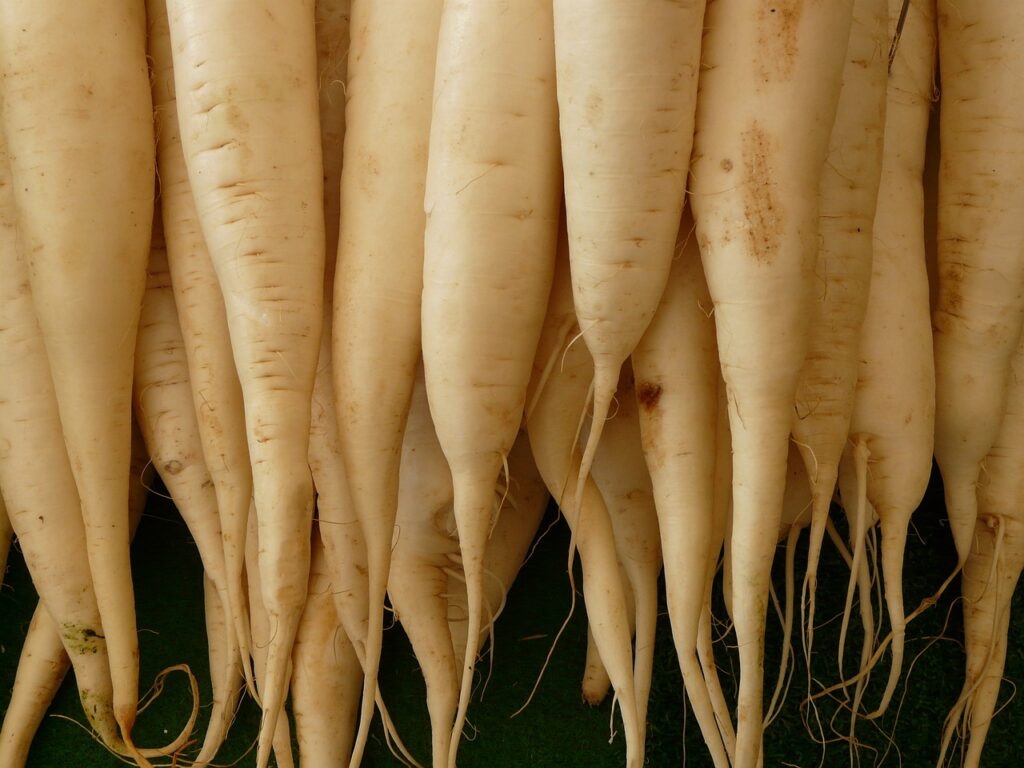
5. Radishes
If you’re looking for companion plants for tomatoes, try out some radishes – any spring, winter, or daikon radish varieties will do! These fast growing root crops easily fit beneath tall tomato plants and they can draw flea beetles and cucumber beetles away from other crops. Radishes are also good potato companion plants and they work as companion plants for peppers as well.
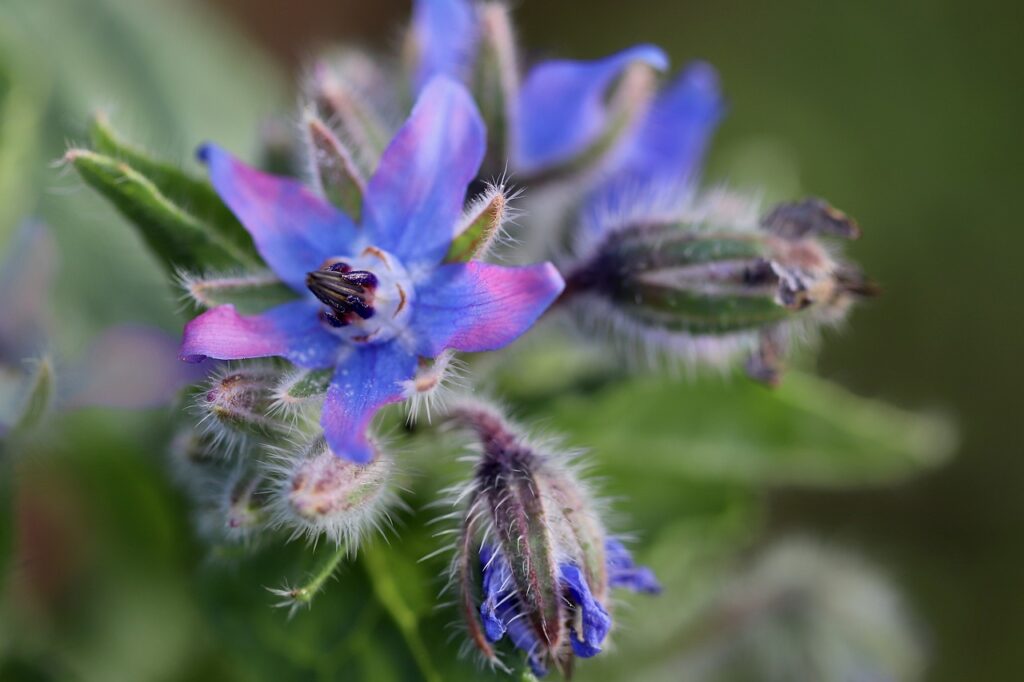
6. Borage
I don’t think borage gets enough hype. This edible plant produces periwinkle blue flowers that can be used as salad toppers and borage leaves taste like cucumber! When grown as a companion plant, borage attract pollinators and beneficial insects and it’s particularly useful for repelling tomato hornworms.
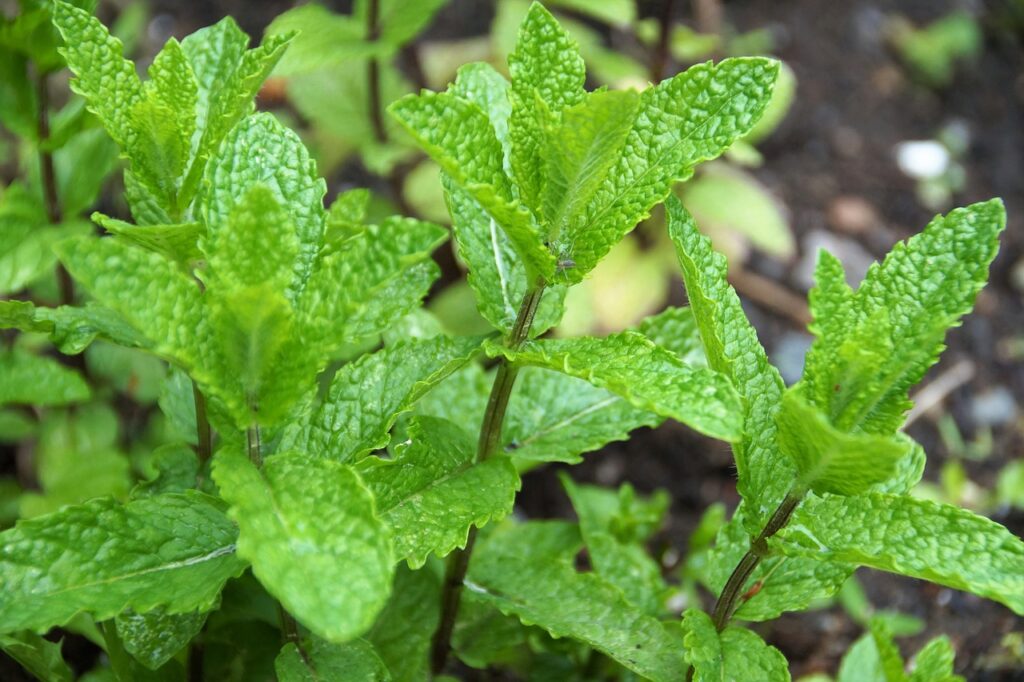
7. Mints
Mint is a notoriously fast growing plant, so it’s best to avoid growing mints directly in garden beds. However, if you keep mint plants in pots, they’re much easier to manage and you can move potted mint around vegetable gardens as needed for pest control purposes. Peppermint, spearmint, catmint, and many other mint varieties are handy for repelling pests, including rodents, flea beetles and aphids, and their flowers attract beneficial insects and pollinators too.
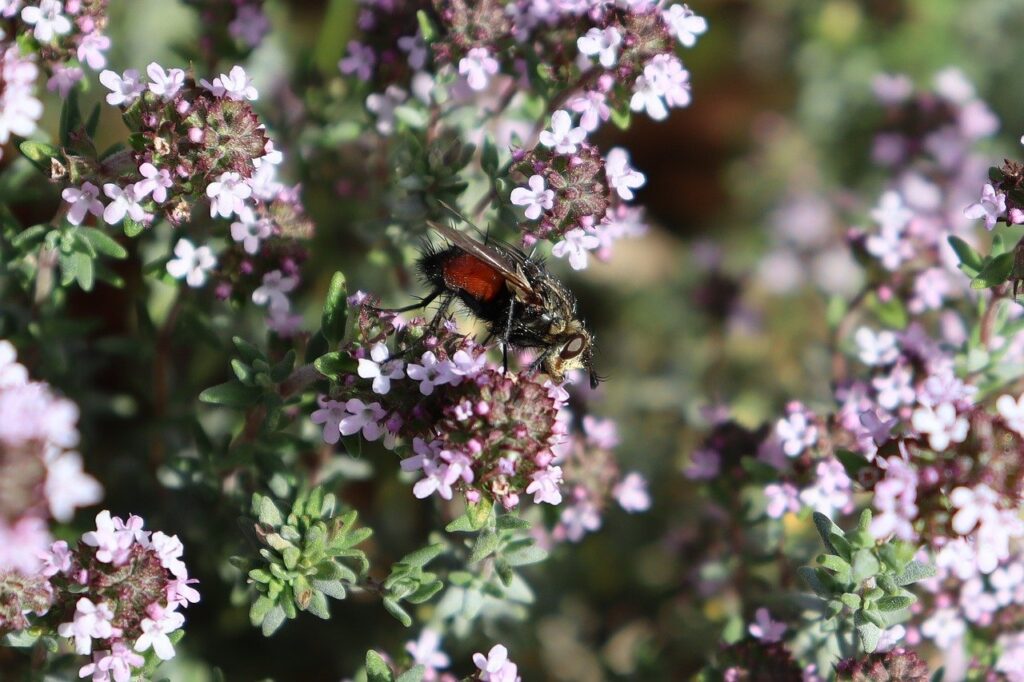
8. Other herbs
Chives and mint aren’t the only herbs that are useful for pest control. Lavender, oregano, sage, rosemary, and basil can all be used to repel or distract different pest insects and attract pollinators to boost harvest yields. Thyme plants are particularly good strawberry companion plants since their flowers attract syrphid flies that prey on strawberry pests!
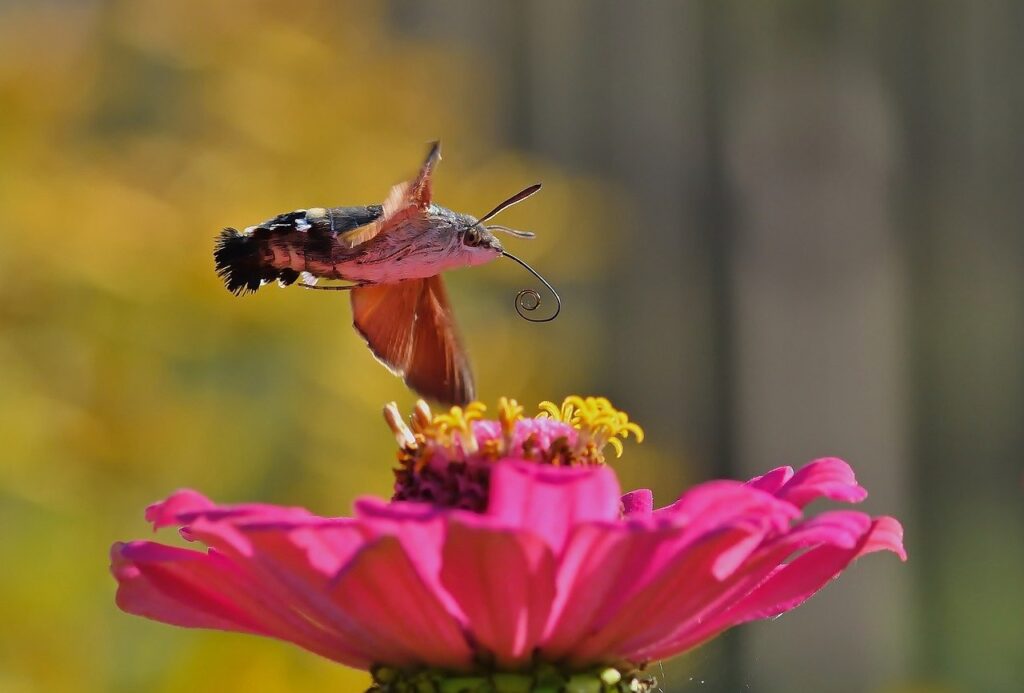
9. Zinnias
Zinnias act much like marigolds in the garden. Their nectar-rich blooms attract beneficial insects that feed on garden pests, and their brightly colored flowers add beauty to barren garden spaces. Zinnias come in a range of sizes and colors, but dwarf varieties are perfectly suited for small gardens and cultivars with single (rather than double) blooms are more attractive to beneficial insects!
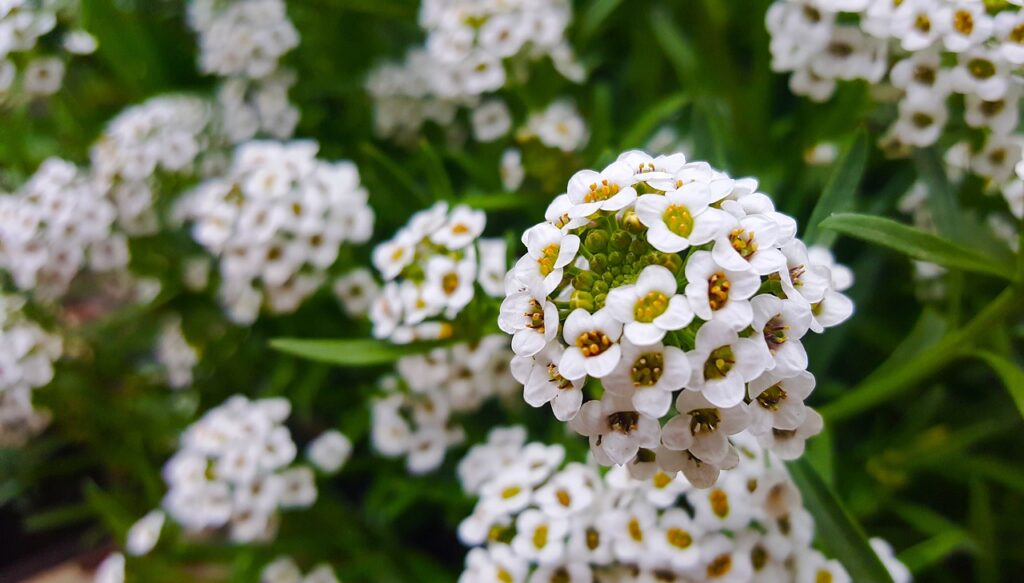
10. Sweet alyssum
Sweet alyssum is another flowering companion plant that draws in beneficial insects, like hoverflies and parasitic wasps. If your garden is plagued with pest caterpillars, like hornworms or cabbage loopers, sweet alyssum is worth a try. These plants are especially attractive to ladybugs and hoverflies and their spreading nature makes them useful as living mulches too.
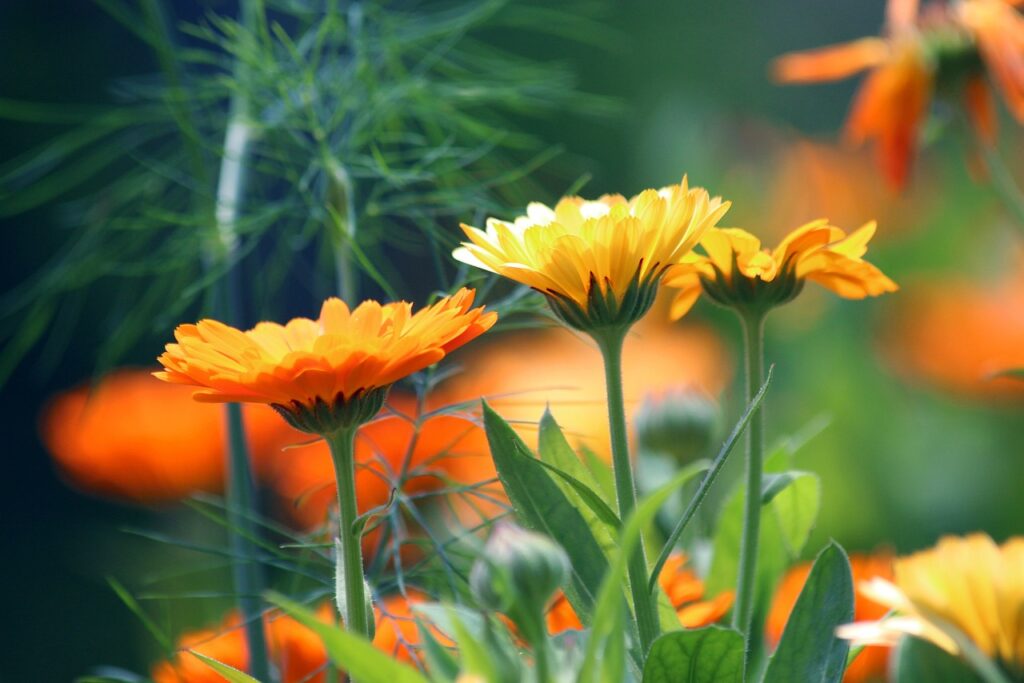
Companion Gardening Guide: Frequently Asked Questions
How does companion planting repel pests?
Companion plants repel pests in several different ways. Some companions emit strong fragrances that are repulsive to pest animals and insects, while other companion plants attract predatory insects that feed on pests. Some companion plants can also be used as sacrificial trap crops for drawing pests away from more valuable vegetables and flowers.
Which companion plant repels flies and ants?
Scented herbs like lavender and alliums can deter different fly-type pests, while mints and anise may repel some species of ants.
What are the best companion plants?
The best companion plants for your garden will depend on the types of pests you’re trying to repel. However, fragrant herbs and annual flowers are often good choices and plants in the allium or carrot family are especially handy for deterring a wide range of pest insects.
